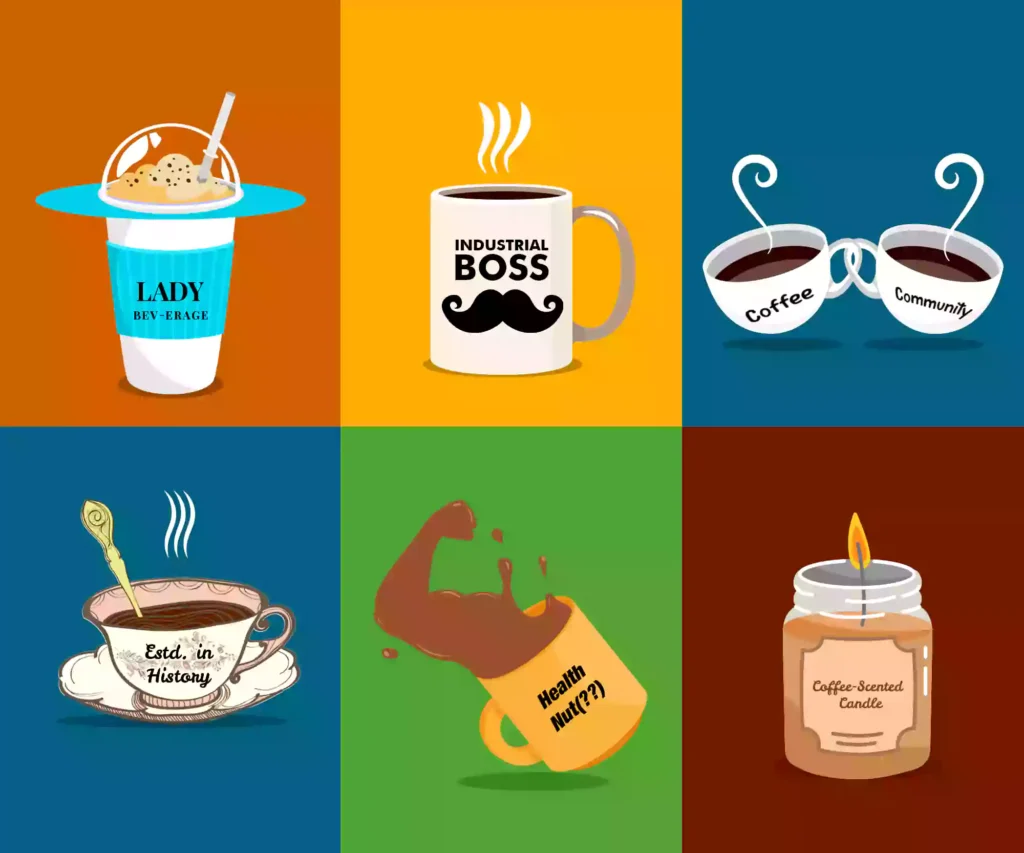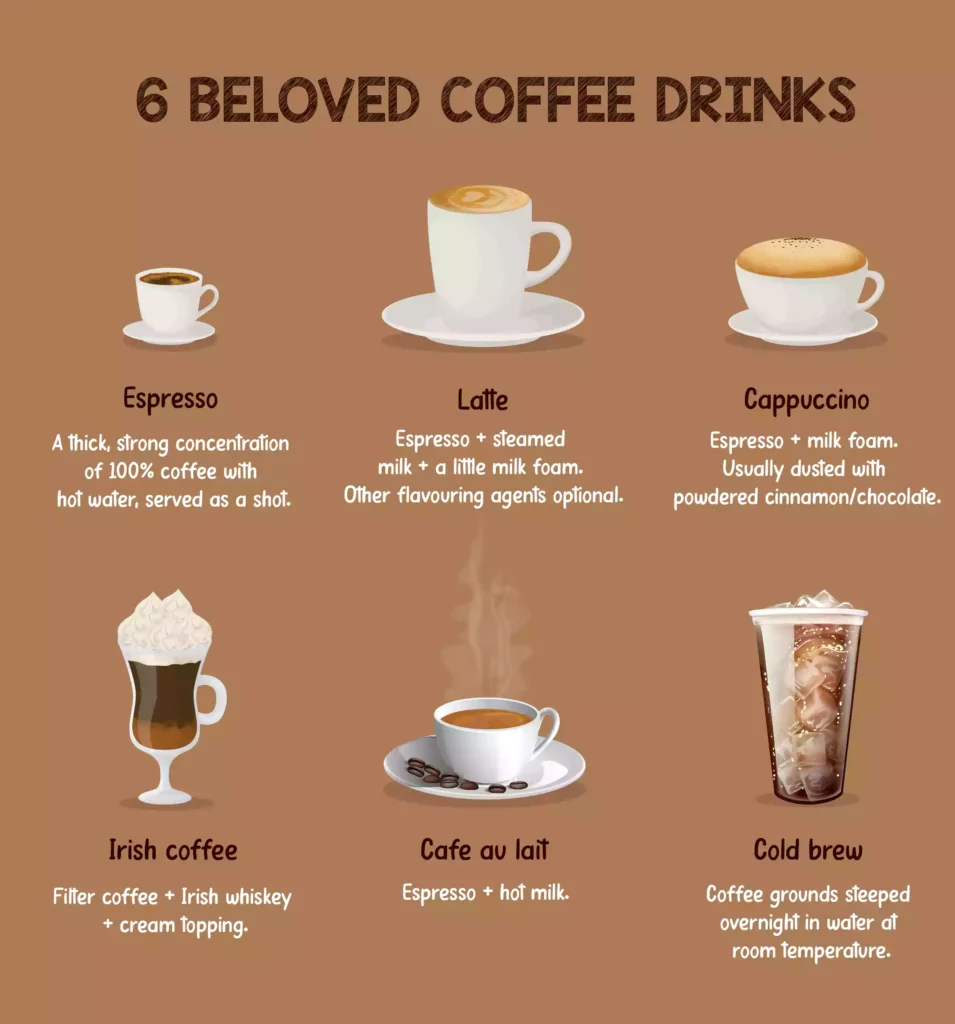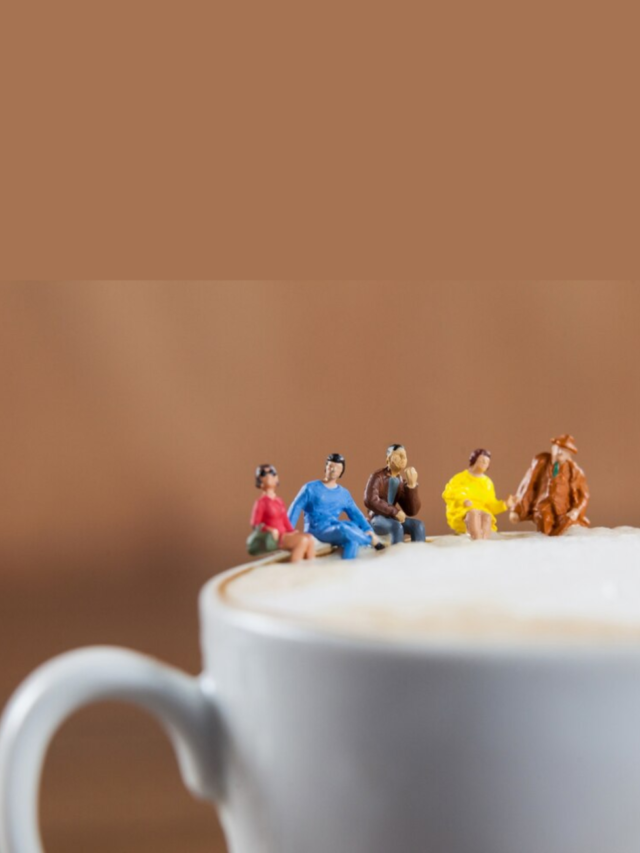
C-o-f-f-e-e, coffee is good for me, It's a drink some people wake up with, That it makes them nervous is no myth, Slaves to a coffee cup, we won't give coffee up.
Roast it, brew it, and serve it in a cup. We sing songs about it, put it in desserts, and plaster it all over our social media feeds. Some adore it while others despise it. However, irrespective of where you land on the coffee debate, one thing seems undeniable—it is everywhere. You simply cannot escape this brilliant brown brew which has a habit of popping up in various costumes. Let’s take a look at a few of the costumes of coffee.
The drink(ing) costume
The most common costume of coffee that we know about is that of a drink. Over a billion people around the world drink coffee every day. In fact, it is ranked globally as the most consumed beverage after water. And it stirs cultural conflict almost just as much as does its caffeine. This drink has divided the opinions of people for centuries. While many crave it, others have sought to outlaw it. Even so, coffee has remained one of the most popular drinks throughout history.
A recent study by the Institute of Scientific Information on Coffee (ISIC) claimed that global lockdowns have led to an increase in the consumption of coffee. This is especially with regard to the homebound practice of enjoying coffee rather than the cafe experience. Of course, the coffee market has caught a whiff of this trend. Coffee ground companies are widening their reach with home-brewing kits, inclusive of frothers, French presses, self-stirring shaker mugs, and more. Product descriptions can no longer get away with just a few catchy lines about the taste of coffee; they need to dive deep into its exotic origin and history. Basically, everybody is a coffee connoisseur! But if you’re new to the scene, here’s a simple crash course:

The big, booming industrial costume
With people consuming over 2.25 billion cups of coffee each day around the world, it is no surprise that coffee is a booming industry. What might surprise you is just how booming it really is. The industrial, market-based costume of coffee is a glamorous one. The exports and imports of coffee immensely affect many economies. Brazil, Switzerland, Vietnam, and Colombia are among the greatest exporters of coffee while the US, Germany, France, and Italy are among the largest importers.
The US consumes more coffee per year than any other country overall but many European nations’ per capita consumption is far higher than that of the US. For instance, Sweden consumes 7.6 kgs per capita, Finland comes close at 7.8 kgs, and the Netherlands tops the charts with a whopping 8.3 kgs per year. In 2020, Brazil exported nearly $5 billion USD worth of coffee, with Switzerland and Colombia exporting nearly $3 billion and $2.5 billion respectively. The global coffee market was valued in 2020 at $465.9 billion USD. The numbers are truly staggering and that makes coffee the world’s most traded commodity after crude oil.
The “I am a status symbol” costume
A third costume that coffee often dons is that of being a symbol. Call it a subliminal cue or blatant advertising, coffee has risen over the years as a focal point in the social scene. First dates take place in cosy French-themed cafes. Gossip sessions come alive over a steaming mug of mocha. Even business meetings feel incomplete without coffee playing the stimulant for brainstorming. In some cases, coffee also becomes a status symbol. As coffee is generally more expensive than tea, it is often viewed as an exclusive luxury. Coffeehouse chains like Starbucks draw mileage from this very exclusivity and market their product as a status symbol.
The steeped-in-history costume
Coffee does also have an interesting manner of establishing itself in world history that might make you smile. For instance, coffee (or the lack of it) was claimed to have been grounds for divorce in 16th century Constantinople. Coffee was such a vital part of the household that if a man was unable to provide his wife with sufficient coffee, she could seek a divorce! The verity of this is debatable, but it makes you wonder, doesn’t it?
Or venture to a different part of the world in slightly more recent history. The American colonists began to reject tea and switched to coffee in their defiance against the Tea Act of 1773 by British King George III. Following the Boston Tea Party, drinking tea in America was viewed as being unpatriotic.
Finally, the first-ever webcam was invented because of coffee. Students at Harvard grew tired of walking down the hallway only to find the coffee machine empty. They set up a camera facing the coffee machine so they could check whether or not the coffee was ready from wherever they were. No doubt, this saved many people some unnecessary exercise.
The centre-of-health-debates costume
The most problematic of the costumes of coffee, however, is the one that few seem to be able to agree upon—what is the impact that it has on our health? Some swear by the health benefits of drinking coffee as it can reduce the risk of cardiovascular diseases, asthma, and liver disease among other things. Others are less than convinced. Coffee acts as a stimulant and helps people stay awake and focused for longer hours. This is why it is such a popular drink in offices worldwide. However, consuming coffee in large quantities can result in increased anxiety and nervousness, heartburn, ulcers, and acidity. Caffeine is also addictive and one can easily become dependent on their regular intake of it. Although, as research on this topic is extensive, it is as yet indecisive. As such, it is difficult to draw any proper conclusions about caffeine addiction.
The “I belong everywhere” costume
Lastly, for those who would rather not drink it, coffee can be as versatile as anything. Its practical uses alone are extensive. Coffee can be used to polish wooden furniture, nourish a garden, for facial and hair treatments, as an air freshener, and as an exfoliator. This is in addition to the aesthetic appeal that coffee holds. Coffee is a luxe ingredient in perfumes, and its beans work separately as refreshers between testing two different fragrances. Coffee paintings are a pop-culture wave in their own right. And let’s not forget the now obsolete ‘But first, coffee’ credo which long served as a personality marker for many social media accounts. So even if coffee doesn’t find its way into your diet, it can still carve out room in your life.
The costumes of coffee clearly come in all sorts of shapes and colours and that could explain the manner in which it has risen to the status it possesses in our world—the one drink to rule them all.



